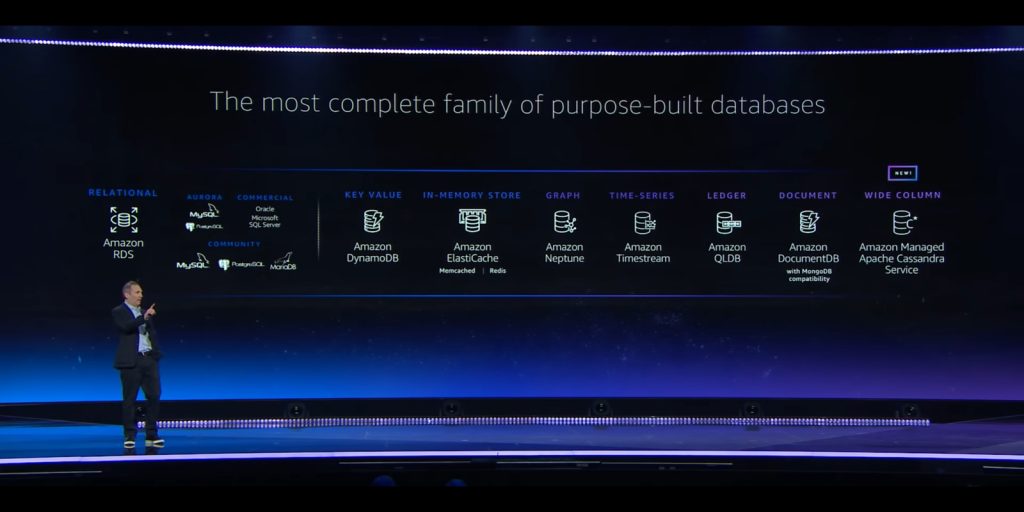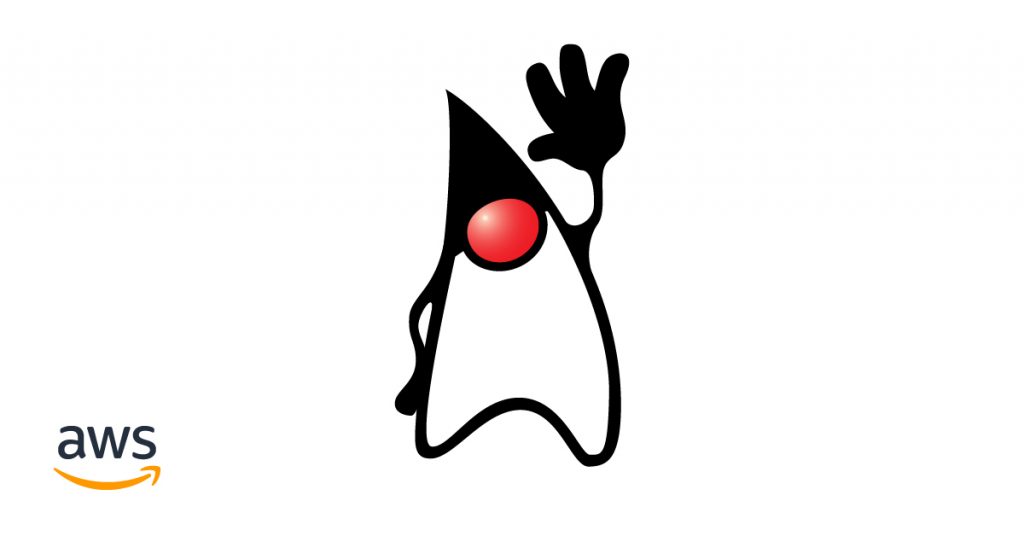AWS Open Source Blog
Category: Programing Language
Generate Python, Java, and .NET software libraries from a TypeScript source
As builders and developers, many of us are aware of the principle of Don’t Repeat Yourself (or DRY) and practice it every day. Entire runtimes and programming languages have been developed by taking that principle to an even higher level, with the core idea of writing software once and having it run on many different […]
Read MoreIntroducing Heapothesys, an open source Java GC latency benchmark with predictable allocation rates
The Amazon Corretto team introduces the open source Heapothesys benchmark, a synthetic workload that simulates fundamental application characteristics that affect garbage collector (GC) latency. The benchmark creates and tests GC load scenarios defined by object allocation rates, heap occupancy, and JVM flags, then reports the resulting JVM pauses. OpenJDK developers can thus produce reference points […]
Read MoreAdopting machine learning in your microservices with DJL (Deep Java Library) and Spring Boot
Many AWS customers—startups and large enterprises—are on a path to adopt machine learning and deep learning in their existing applications. The reasons for machine learning adoption are dictated by the pace of innovation in the industry, with business use cases ranging from customer service (including object detection from images and video streams, sentiment analysis) to […]
Read MoreGetting started with R on Amazon Web Services
This article is a guest post from David Kretch, Lead Data Scientist at Summit Consulting. As R workloads grow and become increasingly resource intensive, the ability to move from a local compute environment to scaleable, fully managed cloud services on Amazon Web Services (AWS) becomes extremely valuable for cost, speed, and resiliency reasons. In this two-part […]
Read Morere:Cap part three – open source at re:Invent 2019
Wrapping up our final summary, we kick off with a roundup of the open source updates in the area of compute and emerging technologies. We start with a great explanation of Fargate on Firecracker from Clare Ligouri during Werner Vogel’s keynote, and proceed to a broad selection of the container sessions and workshops that ran […]
Read Morere:Cap part one – open source at re:Invent 2019
As the dust settles after another re:Invent closes, I wanted to put together a quick summary of all the open source-related announcements that happened in the run up to this year’s re:Invent and the week itself. If you are interested in open source in mobile web development, devops, containers, security, big data and data analytics, […]
Read MoreSplitting an application’s logs into multiple streams: a Fluent tutorial
Not all logs are of equal importance. Some require real-time analytics, others simply need to be stored long term so that they can be analyzed if needed. In this tutorial, I will show three different methods by which you can “fork” a single application’s stream of logs into multiple streams which can be parsed, filtered, […]
Read MoreAmazon joins the Java Community Process (JCP)
Amazon runs thousands of Java production services; both we and our customers depend heavily on various distributions of the JDK (Java Development Kit). In 2016 we started building Amazon Corretto, our OpenJDK binary distribution, and started using it to run AWS and other Amazon services. In 2018, we open sourced Corretto and made it available […]
Read MoreAWS Joins the .NET Foundation
Fred Wurden, General Manager of AWS Windows and Enterprise and Norm Johanson, Senior Software Dev Engineer, AWS SDKs and Tools We’re excited to announce today that AWS is joining the .NET Foundation as a corporate sponsor. AWS has a long-standing commitment to .NET, with a decade of experience running Microsoft Windows and .NET on AWS. […]
Read MoreUsing GraalVM to Build Minimal Docker Images for Java Applications
Optimizing the size of Docker images has several benefits. One of these is faster deployment times, which is very important if your application needs to scale out quickly to respond to an unexpected traffic burst. In this post, I’ll show you an interesting approach for optimizing Docker images for Java applications, which also helps to […]
Read More






